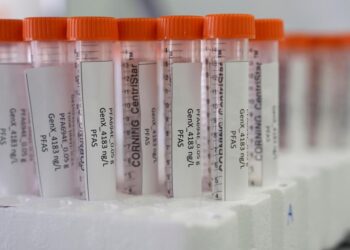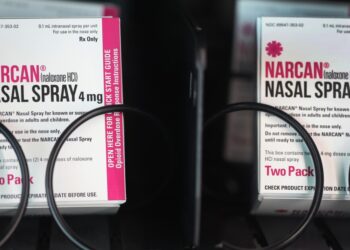Laurel Kelly | Mayo Clinic News Network (TNS)
July is UV Safety Month, which makes this a good time to learn about sunburn and why it’s important to avoid one by protecting your skin from the harmful effects of ultraviolet, or UV, radiation from sunlight.
Sunburn is inflamed, painful skin that feels hot to the touch. It’s caused by too much exposure to UV light. That UV light may be from the sun or artificial sources, such as sunlamps and tanning beds. UVA is the wavelength of light that can penetrate to the deep layers of skin and lead to skin damage over time. UVB is the wavelength of light that penetrates the skin more superficially and causes sunburn.
UV light damages skin cells. The immune system reacts by increasing blood flow to the affected areas, which causes the inflamed skin known as sunburn.
Any exposed part of your body, including your earlobes, scalp and lips, can burn. Even covered areas can burn if, for example, your clothing has a loose weave that allows UV light through. Your eyes, which are extremely sensitive to the sun’s UV light, also can burn. You can get sunburn on cool or cloudy days. Surfaces such as snow, sand and water also can reflect UV rays and burn skin.
Sunburn signs and symptoms usually appear within a few hours after sun exposure. But it may take a day or more to know how severe the sunburn is. If the damage is severe, medical attention may be required.
Intense, repeated UV light exposure that results in sunburn increases the risk of other skin damage, such as wrinkles and age spots. It also raises the risk of skin cancers such as melanoma. This slideshow includes images of several conditions caused by sun damage.
Here are four ways you can protect yourself from UV radiation damage:
— Time of day: Avoid sun exposure in the middle of the day — between 10 a.m. and 4 p.m. — when the UV rays are strongest. In addition, be mindful that clouds offer little protection, and UV rays can bounce off surfaces such as water,…
Read the full article here







